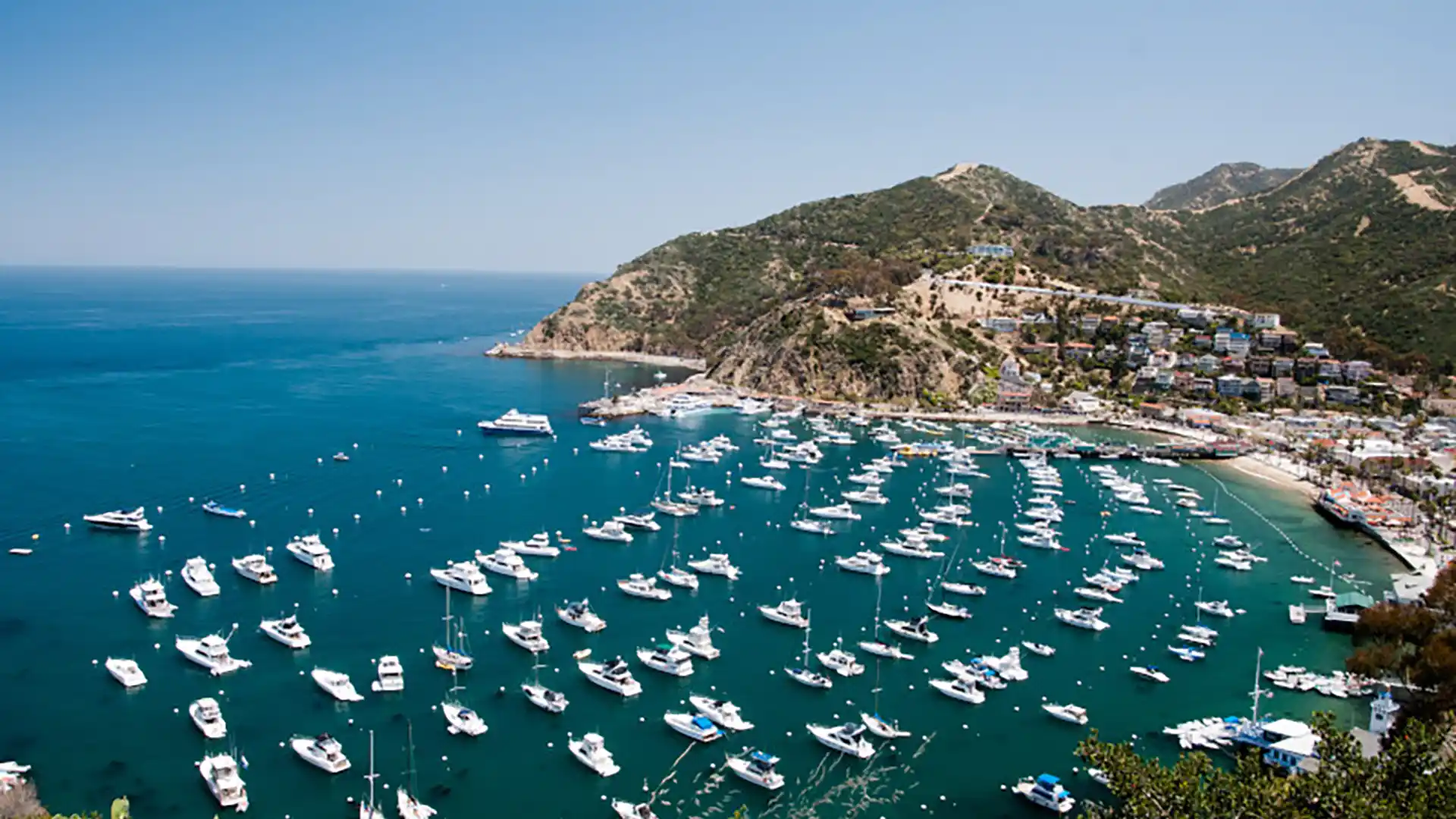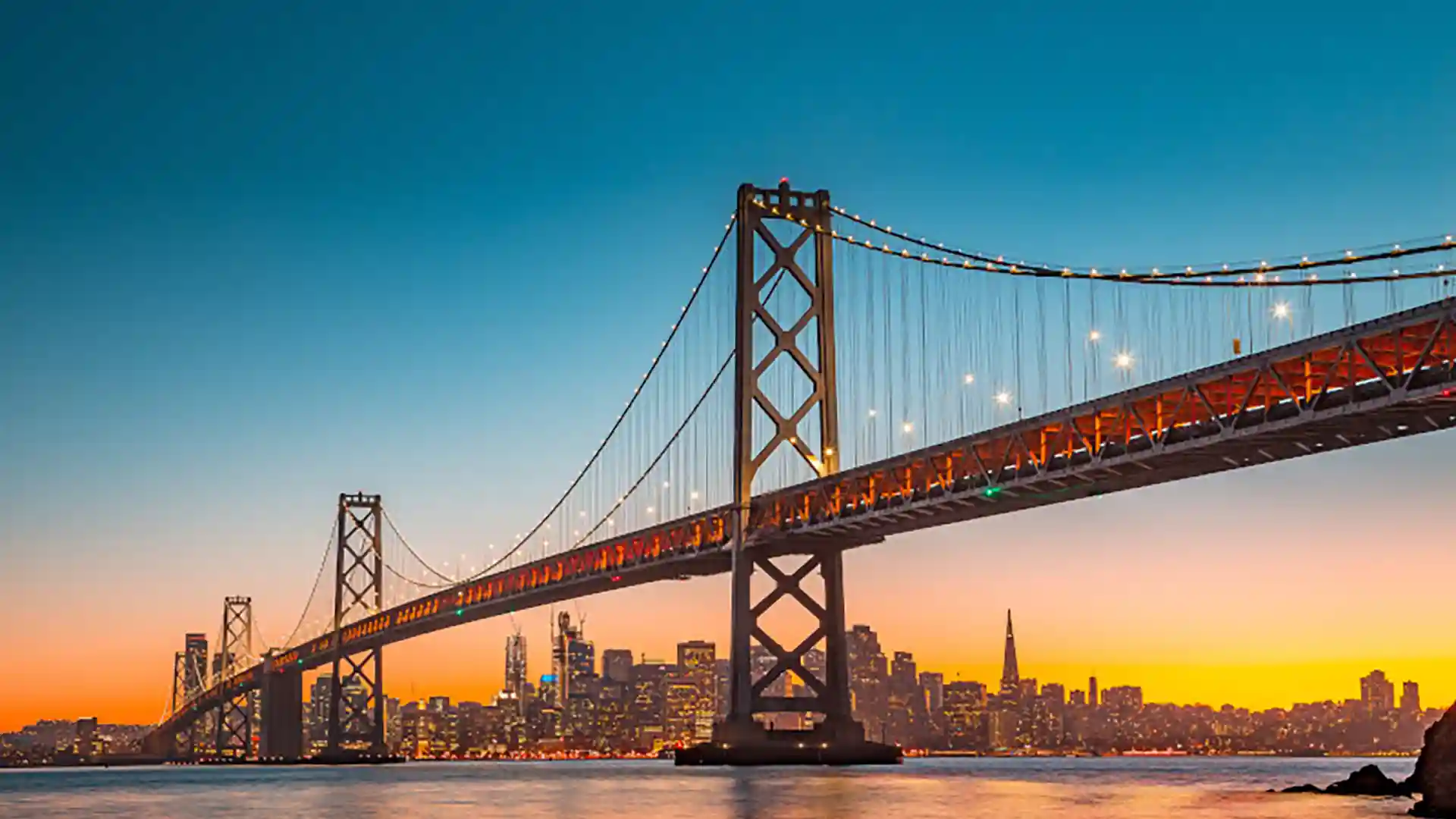Eight Magnificent UNESCO World Heritage Sites in Asia
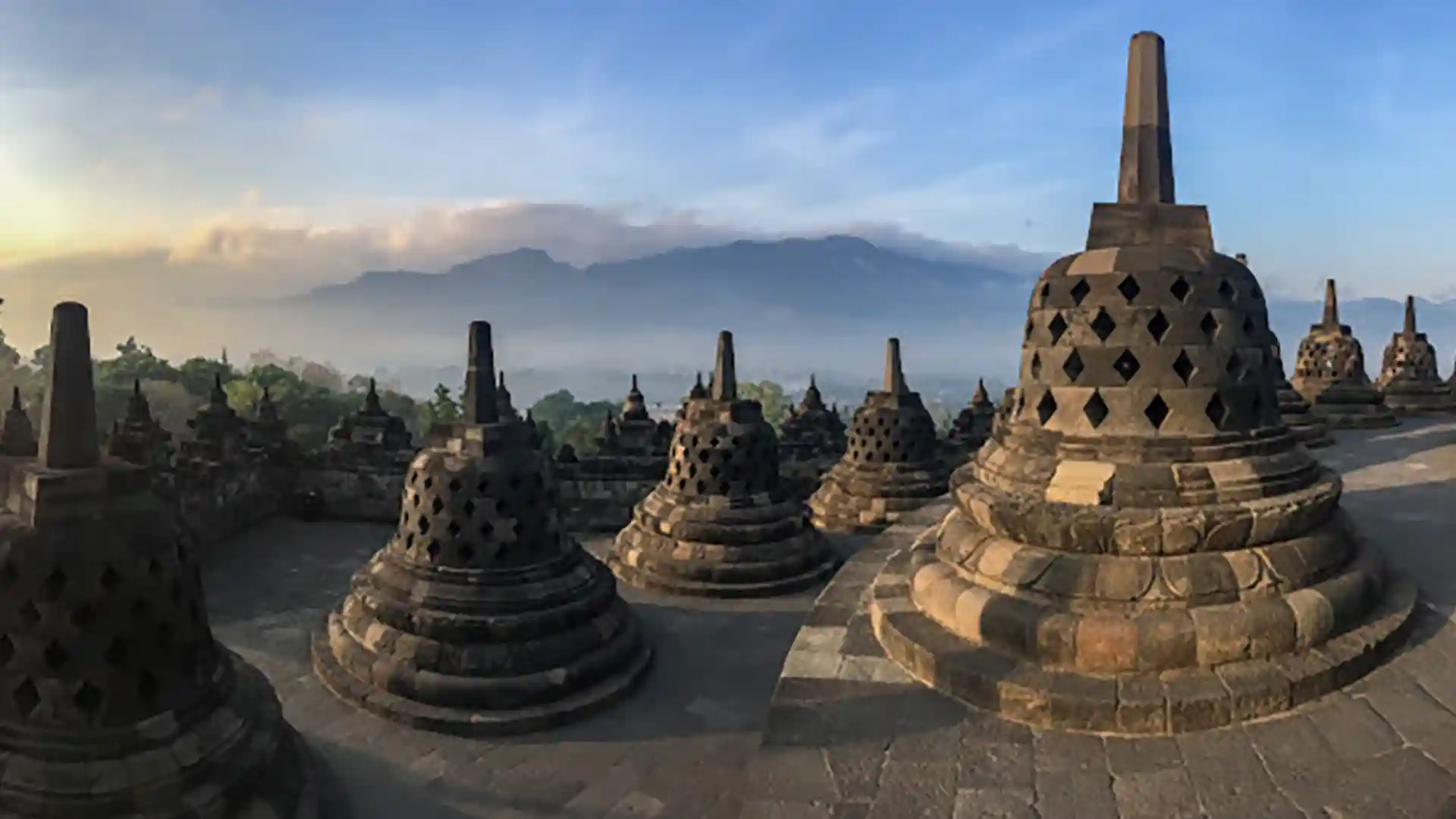
A cruise to Asia offers a vast array of histories, landscapes and cultural traditions, including ancient temples, classical gardens and real-life dragons. With many UNESCO World Heritage Sites available to add to your vacation experience, your Holland America Line cruise is sure to be an extraordinary one. Here are just some of the magnificent UNESCO World Heritage Sites that await you in Asia:
Namhansanseong
Located 500 meters above sea level and extending across the ridges of Namhansan Mountain, the once-bustling ancient fortress of Namhansaneong contains a sweeping array of military, civil and religious sites, including 10 Buddhist temples. Visitors can spend the day exploring the fortress or hiking the well-groomed and easily traveled trails that nearly encircle it. Added bonus: this awe-inspiring UNESCO World Heritage Site is also popular for its spectacular autumn foliage.
Hōryūji Buddhist Monuments
Hōryūji is one of Japan’s oldest temples, and its monuments showcase Japan as it existed more than 1,300 years ago. Among its ancient structures is the Five-Storied Pagoda, which was erected to enshrine sacred relics of the Buddha. The temple grounds also contain a wealth of cultural treasures spanning Japanese history since the 7th century, including nearly 190 designated by the Japanese government as National Treasures or Important Cultural Properties.
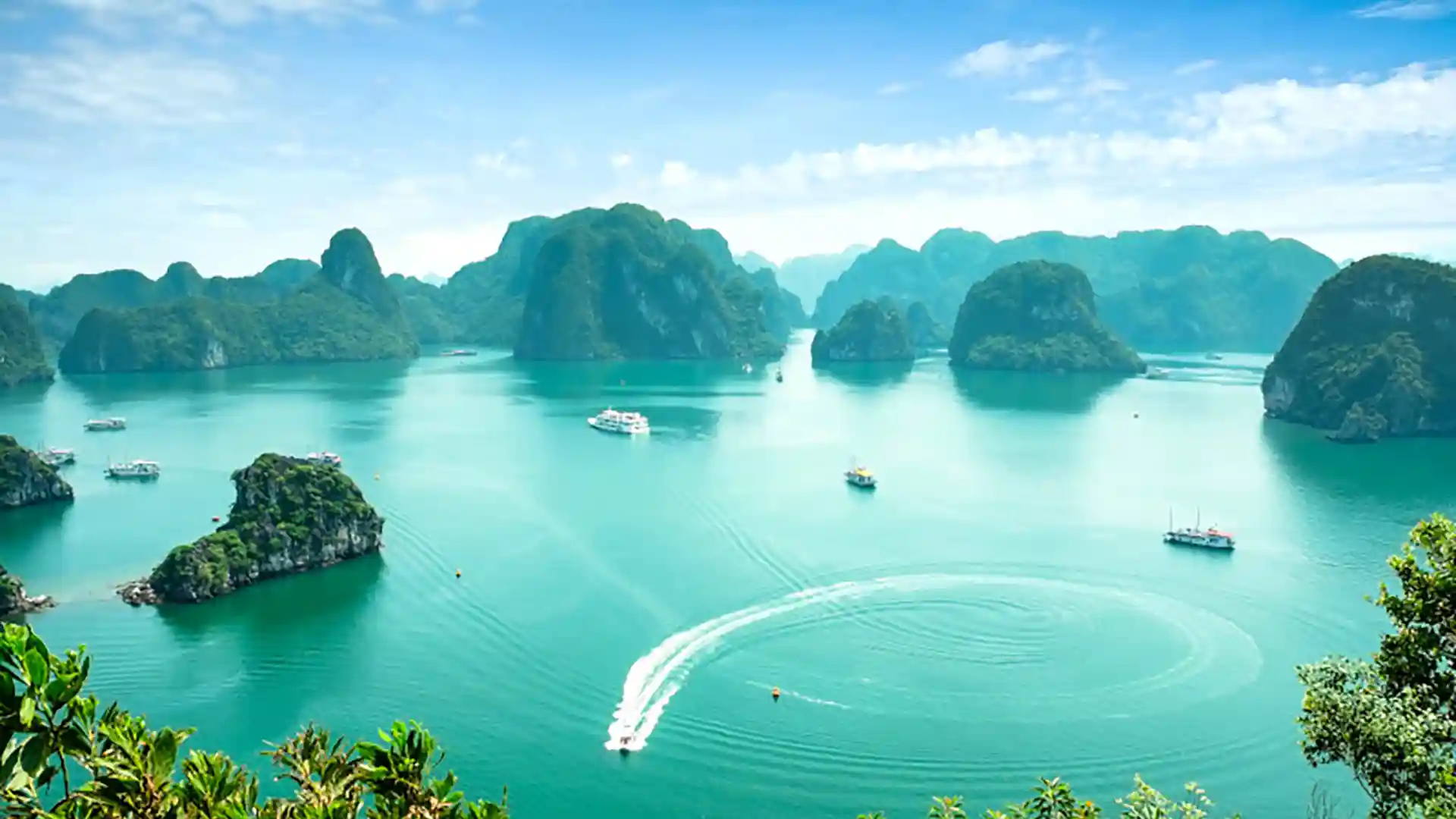
Experience the beauty of Ha Long Bay.
Classical Gardens of Suzhou
Blending architecture, waterworks, rockeries, plants and calligraphies, the ancient Suzhou Classical Gardens evoke the feeling of wandering through a vast mountain range or walking alongside a mighty river. These perfectly proportioned private gardens flourished in the mid-Ming to early-Qing dynasties. Today, more than 50 of these ancient gardens remain, with nine considered to be the most exceptional and best preserved, including the Humble Administrator’s Garden and the Master of the Nets Garden.
Ha Long Bay
Located in northern Vietnam, Ha Long Bay, or Bay of the Descending Dragon, is known for the dramatic limestone pillars and islands that dot the area’s emerald waters. Adventurous visitors can explore caves made famous for the multi-colored stalactites that hang from their ceilings, or experience floating villages where communities have fished and processed pearls for hundreds of years. The area also features a diverse array of daytime activities ranging from hiking and rock climbing to kayaking and scuba diving.
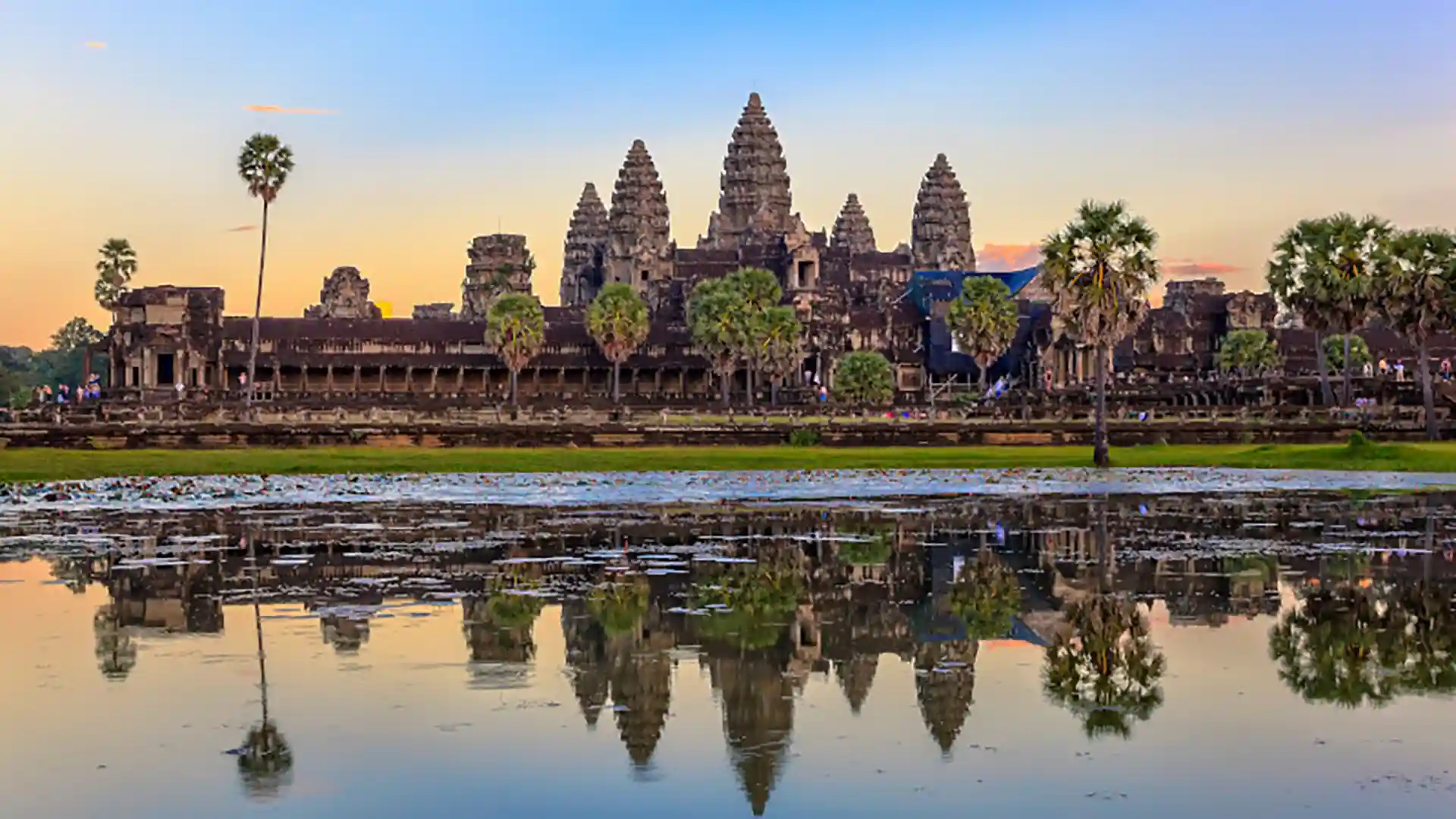
Step back in time by exploring the historical sites of Angkor Wat.
Angkor Wat
At four times the size of Vatican City, Angkor Wat is considered to be one of the largest religious complexes in the world. It also is one of the most recognizable landmarks in Cambodia. Built in the first half of the 12th century for King Suryavarman II as a funerary temple dedicated to the god Vishnu, the vast, 400-acre complex contains 72 temples. In addition to Angkor Wat, visitors should check out the temple of Bayom, known for its 216 smiling stone faces; the jungle-covered temple of Ta Prohm (you might recognize it from the movie “Lara Croft: Tomb Raider”; and the pink stone temple of Banteay Srei, or “Citadel of the Women.”
Kinabalu Park
Kinabalu Park is home to four distinct climate zones that support over 4,500 species of flora and fauna, 326 bird species, and over 100 mammal species. Offering a wealth of activities, the park’s dominant feature is Mount Kinabalu, the highest mountain between the Himalayas and New Guinea, and the 20th most prominent mountain in the world. Sightseeing options include a botanical garden, nature trails, a treetop canopy walk and a hot spring. If you’re lucky, you may even spot a Rafflesia, one of the world’s largest flowers, which take up to 15 months to bud but bloom for just five to seven days.
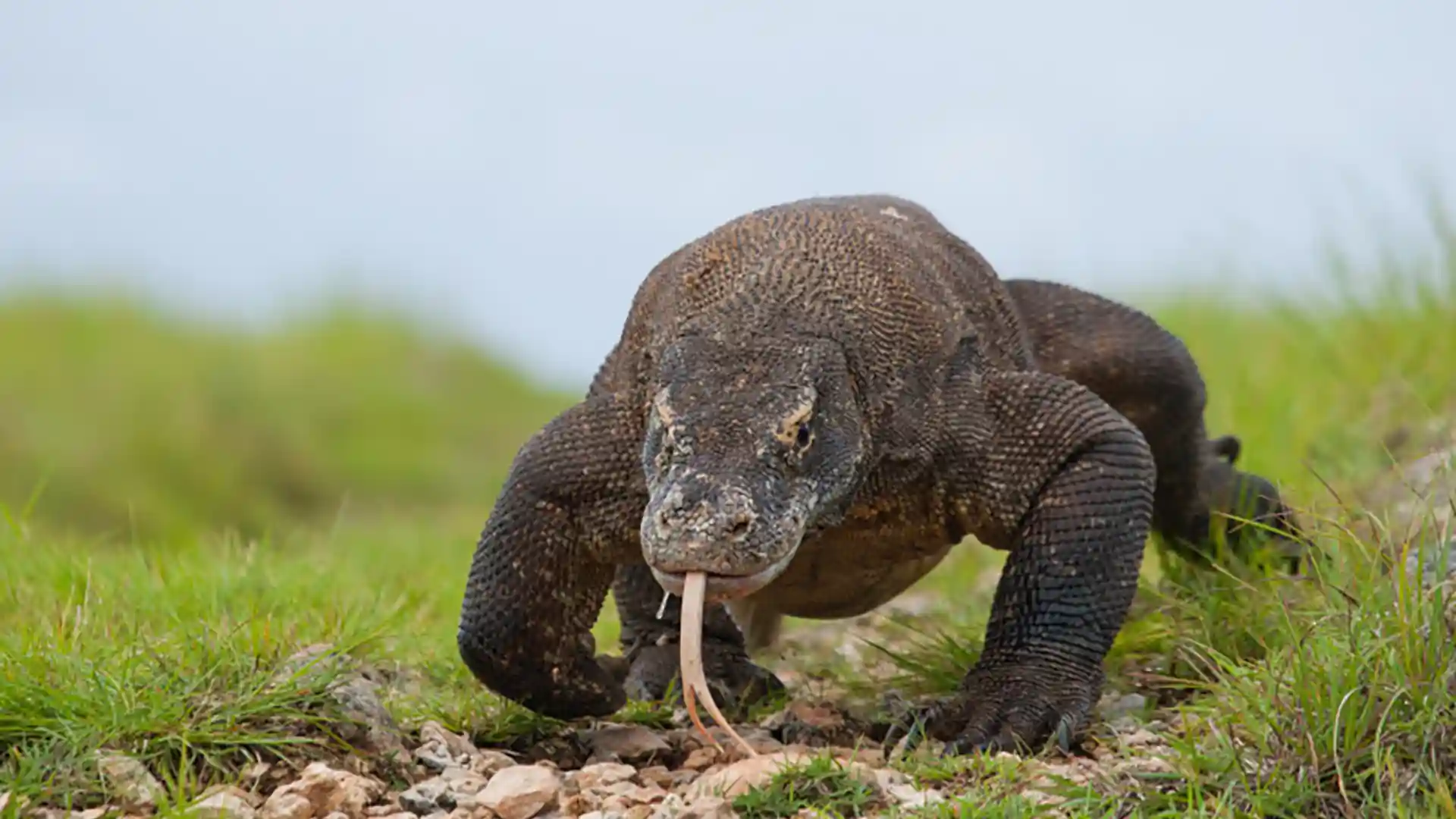
Enjoy the views of Komodo National Park, home to the world’s largest lizard.
Borobudur Temple Compounds
Sitting majestically upon a remote hilltop in the Kedu Valley is the Borobudur Temple Compounds. Built more than 1,200 years ago, the 95-foot-high stepped temple pyramid features more than 500 Buddha statues and 3,000 bas-relief sculptures illustrating the life and teachings of the Buddha. Borobudur remains a popular pilgrimage site. It’s especially popular during the Waisak (Vesak) Festival in May, when thousands of Buddhist monks celebrate the birth, enlightenment and passing of the Buddha.
Komodo National Park
Komodo National Park is the only place in the world where you can see the world’s largest lizard, the Komodo dragon, in its natural habitat. The park encompasses 29 volcanic islands and is home to more than 2,500 Komodo dragons, as well as a variety of exotic reptiles, birds and mammals. It’s also home to Panti Merah, or the Pink Beach – one of seven pink sand beaches in the world. As part of the Asia Pacific Coral Triangle, Komodo National Park also is a top snorkeling destination, with more than 75 percent of the world’s coral species found here, including more than 2,000 reef fish species, turtles, manta rays, and a host of other marine life.
Which UNESCO World Heritage Site would you most like to visit during an Asia cruise? Share with us in the comments!
Article by Lori Wildrick
